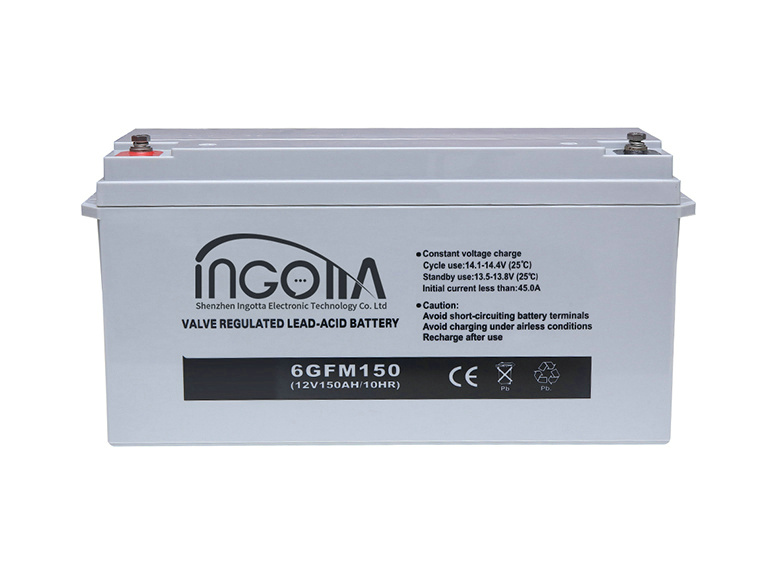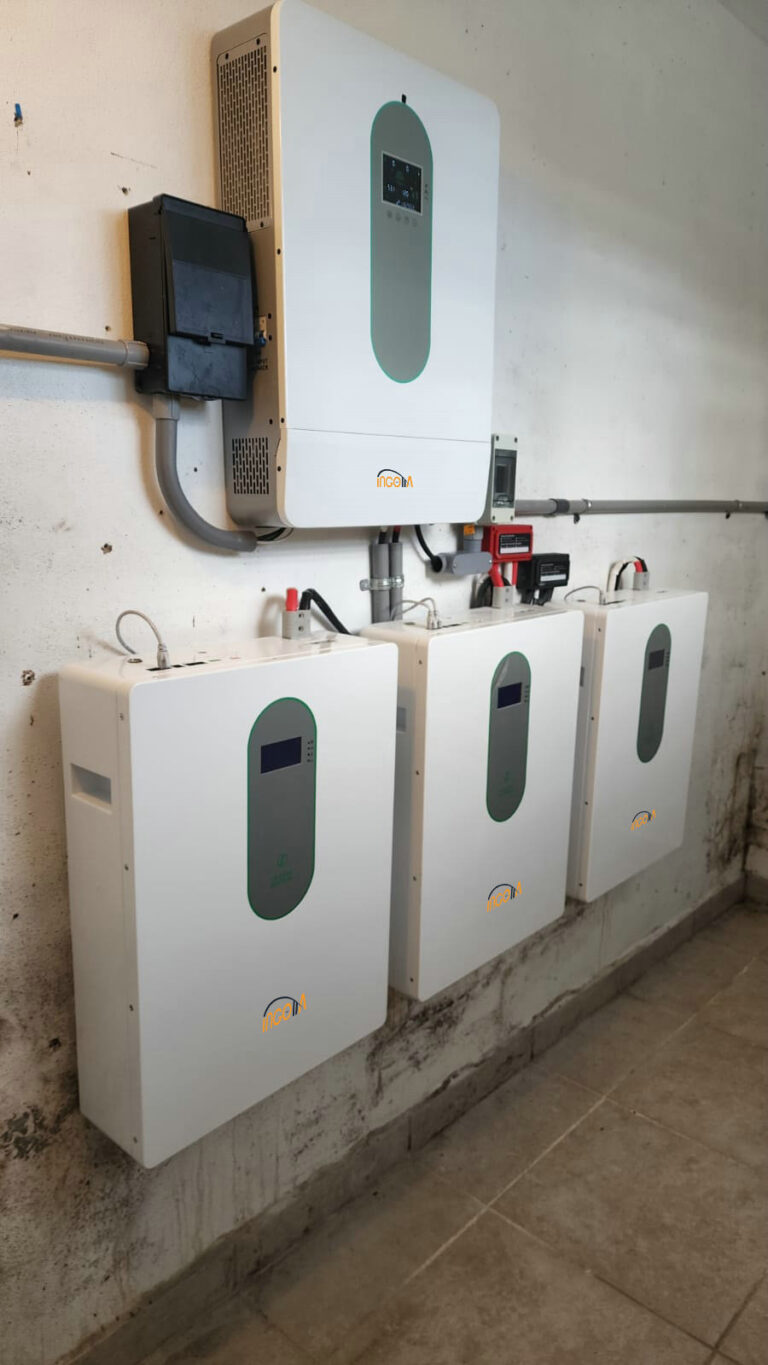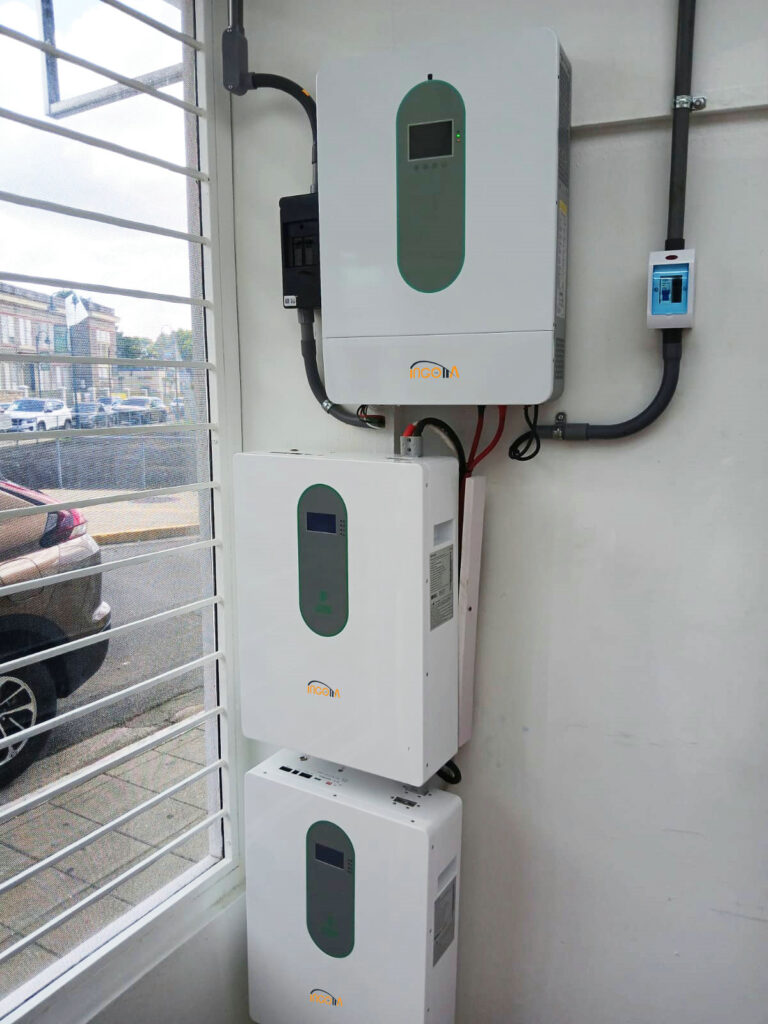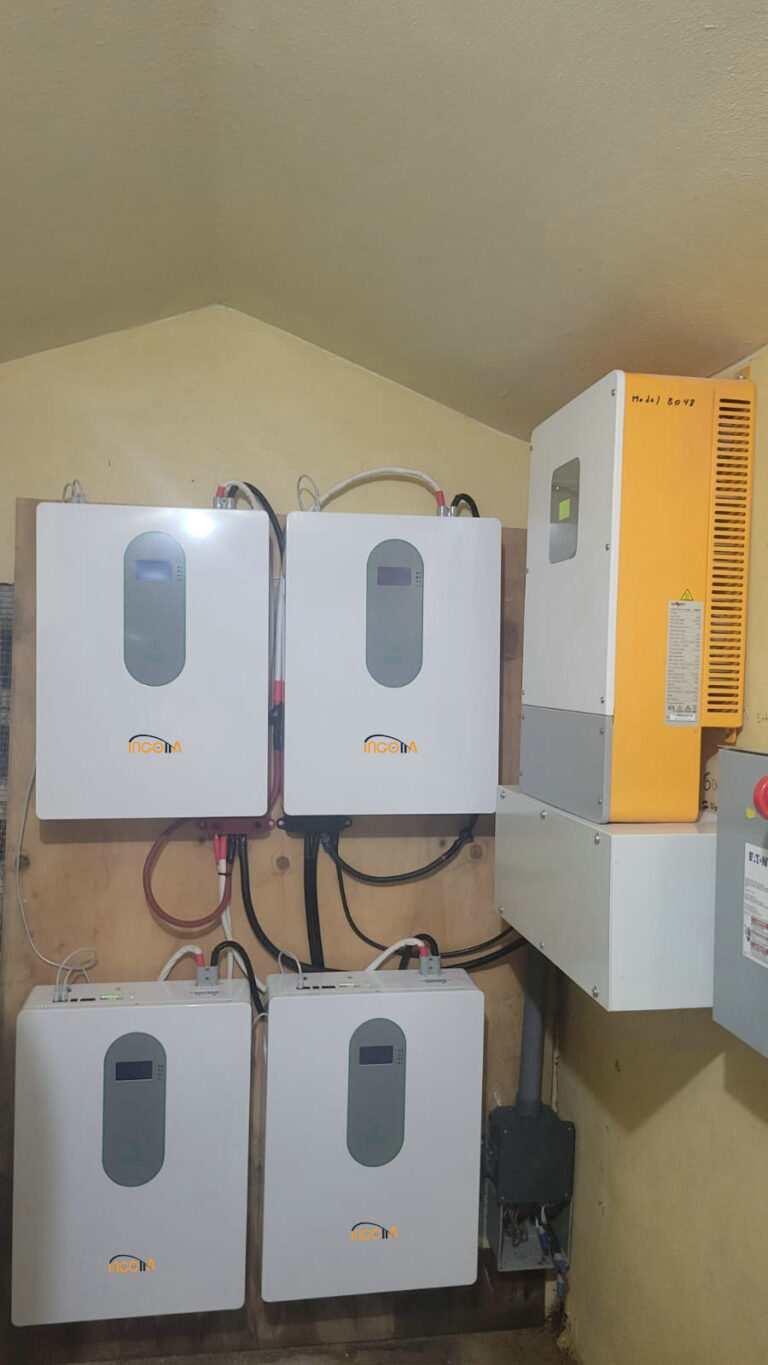In the battery field, two important technical battles are lead-acid battery and lithium-ion batteries. The lithium-ion battery industry is developing rapidly, and it is used in more and more fields. Traditional lead-acid batteries have gradually been replaced by new performance lithium-ion batteries. What are the advantages and disadvantages of lithium-ion batteries and lead-acid battery?

Advantages and disadvantages of lead-acid battery:
Advantages: stable voltage, low price, simple maintenance, stable quality and high reliability.
Disadvantages: low specific energy, short lifetime, frequent daily maintenance.
Advantages of lithium iron batteries:
Lithium-ion battery has strong adaptability to high and low temperature, and can be used in the environment of -20℃–60℃, it can be used in the environment of -45℃ after technical treatment;
The lithium iron battery has a long lifetime and a cycle life more than 2000 times. Under the same conditions, lithium iron batteries can be used for 7 to 8 years;
Fast charging. Using a special charger, the battery can be fully charged after 40 minutes of 1.5C charging;
Safe to use. The lithium iron battery has undergone strict safety tests and will not explode even in a traffic accident;
Lithium iron batteries are environmentally friendly, non-toxic, non-polluting, with a wide range of raw material sources and low prices.
Disadvantages of lithium iron batteries:
- Small tap density of the positive electrode, and the density is generally around 0.8 to 1.3. Big size.
- Poor conductivity, slow diffusion rate of lithium ions, and the actual specific capacity is low when charged and discharged at high times.
- Poor performance when low temperature.
- The lithium iron battery has a long lifetime of a single battery, about 2000 times.
Comparison of the advantages and disadvantages of lead-acid batteries and lithium-ion batteries:
- Super long lifetime
lead-acid battery can be used for 1-1.5 years at most, while lithium ion batteries can be used for 3 years under the same conditions. - Safe to use and good performance
Lithium-ion batteries completely solve the potential safety hazards of lead-acid batteries. Lead-acid batteries will explode under strong collisions, posing a threat to consumers’ lives. Lithium ion batteries do not explode under strict safety tests. - No memory effect
Rechargeable batteries often work under the condition of being fully charged, and the capacity will quickly drop below the rated capacity. This phenomenon is called memory effect. The iron phosphate battery does not have this phenomenon. No matter what state the battery is it, it can be used at any time, don’t have to discharge it before charging.
4., small size, light weight, long time
The volume of the lithium iron battery with the same specification and capacity is 2/3 of the volume of the lead-acid battery, and the weight is 1/3 of the lead-acid battery. - Expensive
Electric vehicles with lithium-ion batteries are twice as expensive as those with lead-acid batteries. - Green environmental protection
Lead-acid batteries contain a large amount of lead. If it is disposed of improperly, it will pollute the environment. The material of the lithium-ion battery does not contain any toxic and harmful substances, and is considered by the world as a green battery. Batteries are pollution-free both in production and use, and have become a research hotspot.
The difference between lithium ion batteries and lead-acid batteries:
- Different nominal voltages: single lead-acid battery 2.0V, single lithium-ion battery 3.6V;
- Different energy density: lead-acid battery 30WH/KG, lithium-ion battery 110WH/KG;
- Different cycle life, the average life of lead-acid batteries is 300-500 times, but the cycle life of lithium iron batteries can reach to 2000 times;
- Different charging method: Lithium-ion battery adopts voltage-limiting and current-limiting method, it means that a limited threshold is given for both current and voltage, while lead-acid batteries have many charging methods. The most important ones are: constant current charging method, The constant voltage charging method, the phase constant current charging method and the floating charging method cannot be described in detail.
- Different volume and quality: the weight of lead-acid batteries is 16-30 kg, and the volume is large; the lithium-ion battery is generally 2.53 kg, the volume is relatively small, and it is easy to handle.





